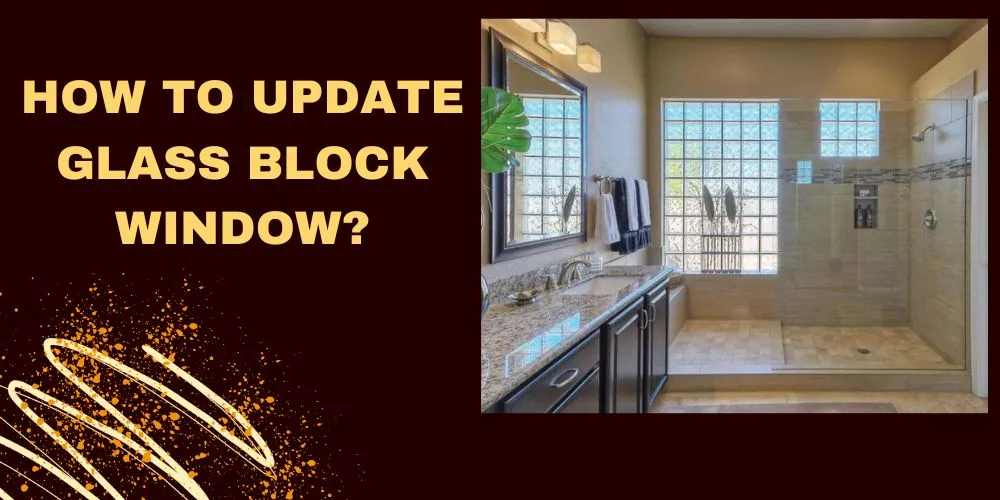Selecting the right construction materials is essential for any building project, and choosing between drywall vs cement board is no easy task.
Undeniably, the most significant difference between the two is their capacity to withstand moisture; cement board dominates with superior resistance.
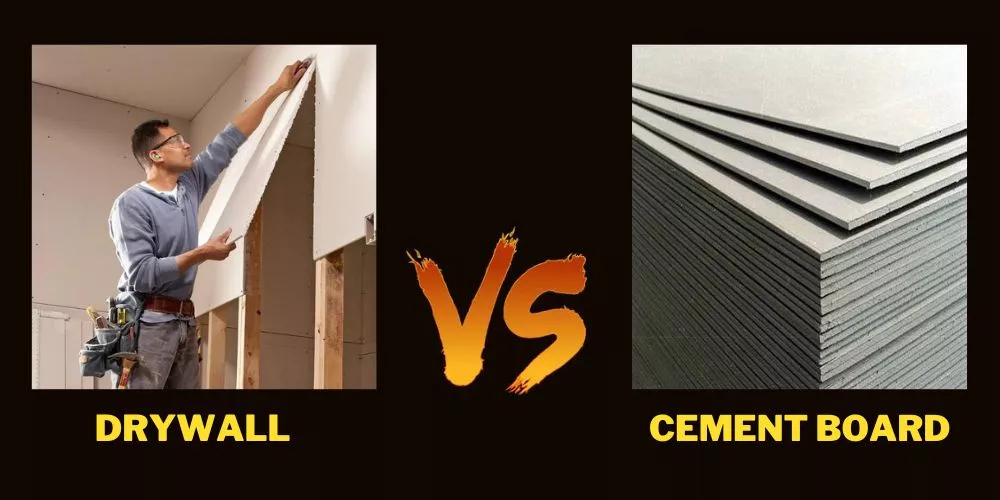
This article aims to guide you through their individual advantages and drawbacks to help you make an educated choice for your specific needs.
drywall vs cement board: a detailed Comparison
When it comes to building or renovating homes, the materials used in construction play a crucial role in determining both the quality and the longevity of the finished structure.
Two of the most common materials used for wall construction are drywall and cement board.
However, their unique attributes and uses often make it challenging to decide between the two.
This drywall vs cement board article presents a detailed comparison of the advantages and drawbacks of drywall and cement board, discussing their differences in moisture resistance, installation, cost-effectiveness, versatility, and fire resistance.
Moisture Resistance
The most significant difference between drywall and cement board lies in their ability to resist moisture. Drywall, typically made from gypsum plaster sandwiched between thick sheets of facer and backer paper, is highly absorbent.
This makes it susceptible to damage from moisture and therefore not ideal for areas with high humidity or potential water exposure.
On the other hand, cement board, a blend of Portland cement and reinforcing fibers, is extraordinarily resistant to water damage. This makes it the material of choice for areas prone to moisture, such as bathrooms, basements, swimming pools, or where exterior cladding will be applied. Its ability to hold up even when water penetrates make cement board a more reliable choice where moisture is a concern.
Installation
In terms of installation, drywall tends to have an upper hand. It is generally easier, quicker, and requires less skilled labor to install compared to cement board. For the DIY enthusiast, drywall might be the preferred option.
Conversely, cement boards are heavier, more challenging to cut, and require more time and effort to install. However, for professionals accustomed to the task, the installation challenges should not be a major deterrent.
Cost-effectiveness
Drywall edges out cement boards when it comes to cost-effectiveness. Its ease of installation and generally cheaper raw material make drywall the budget-friendly option for construction projects.
However, the lower price tag comes with the risk of potential water damage, which can lead to replacement costs down the line.
Cement board, while initially costlier regarding both materials and labor, offers significant long-term benefits. Its superior durability and water resistance reduce the risk of damage over time, which can offset its higher upfront cost.
Versatility
Drywall’s primary use is for constructing interior walls and ceilings. It offers a smooth, paint-ready surface and is suitable for attachments such as lights, frames, and wall hangings due to its easier-to-pierce nature.
Conversely, cement boards have multifunctional applications, both indoors and outdoors. Beyond wallboards and ceilings, it can also be used as a substrate for tiling, as a backing for countertops, and under flooring in wet areas.
Fire Resistance
While both materials have some degree of fire resistance, drywall, especially Type X drywall, is specifically designed to slow the spread of a fire due to the water content inside the gypsum. It’s a frequent choice for residential and commercial buildings where fire safety is a concern.
Standard cement board, while not combustible, doesn’t have the same excellent fire-resistant qualities compared to gypsum-based drywall. However, cement boards imbued with glass fiber have improved fire resistance, though this increases the price slightly.
Overall, the decision between drywall and cement board depends largely on the specific needs of your project. As we’ve discussed, both materials have unique qualities that make them suitable for different applications.
If budget is your main constraint and you’re working on a dry indoor environment, drywall rules.
Conversely, for projects where durability and water resistance are paramount, particularly in moist environments, the cement board becomes the superior choice. Therefore, understanding the strengths and weaknesses of each material is vital for making an educated decision that meets your construction goals.
Drywall vs cement board pros and cons
Here’s a detailed overview of the respective advantages and disadvantages of drywall and cement board.
Drywall
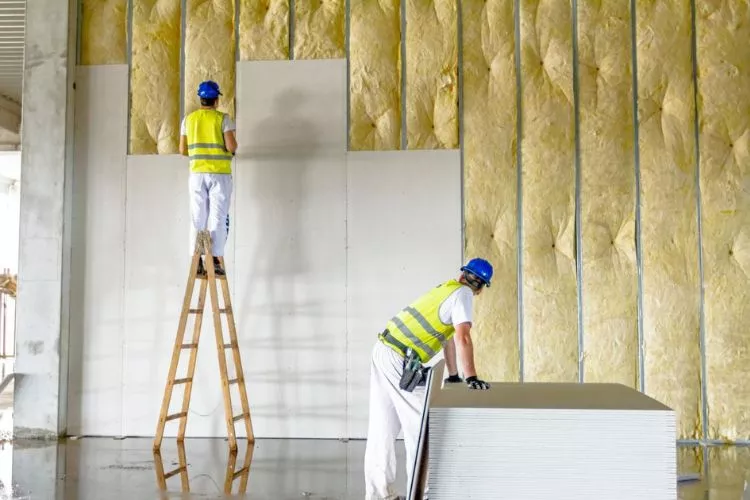
Pros
✅ Ease of Installation: Drywall boards are lightweight and easy to maneuver, making them a good choice for quick construction or renovation projects. Cutting and installing drywall is simpler and takes less time, which makes it a popular choice among DIY enthusiasts.
✅ Smooth, Paint-Ready Surface: The naturally smooth finish of drywall allows for creative flexibility. It can be painted, wallpapered, or textured as per design requirements. It’s a versatile option for interior decor.
✅ Fire Resistance: Particularly Type-X drywall, which contains fibers and other additives, is used to resist the spread of fire.
✅ Cost-Effective: Drywall is generally less expensive than cement board in terms of both material cost and labor for installation.
Cons
❌ Not Moisture-Resistant: Drywall is susceptible to water damage. Exposed to moisture, it can soften, weaken, and potentially develop mold. Therefore, it isn’t a good choice for wet areas like bathrooms and basements.
❌ Easily Damaged: Drywall can be fragile. It’s prone to dents and holes, particularly in high-traffic areas where accidents might happen.
Cement Board
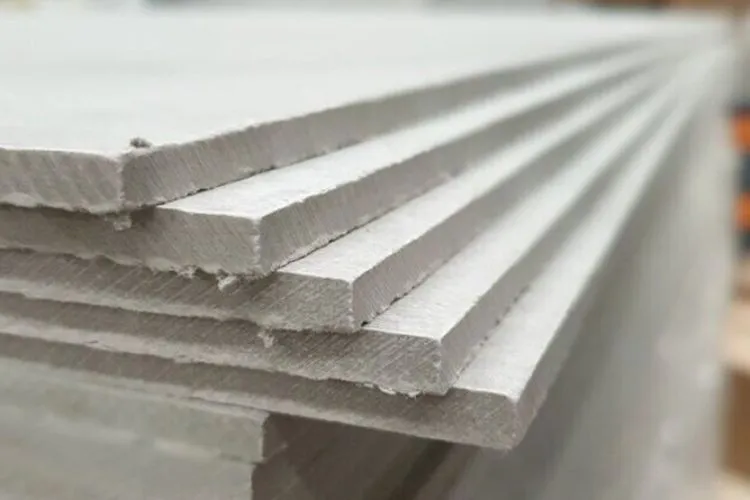
Pros
✅ High Resistance to Moisture: Cement board’s durable, water-resistant quality makes it an optimal choice for areas prone to moisture, such as bathrooms, basements, and exterior walls.
✅ Durable and Long-Lasting: Cement board does not rot, degrade or break down over time. Its longevity can be a significant advantage for a building’s lifespan.
✅ Ideal for Tiling: Since it doesn’t swell or degrade with water exposure, cement board is often used as a backing material for tiled surfaces, like in bathrooms or kitchens.
Cons
❌ Challenging to Install: Cement board is heavier and more robust than drywall, making it harder to cut and install. It requires more experience, special tools, and more time because of its density and durability.
❌ Higher Cost: It’s initially more expensive than drywall — not just for the material itself, but because its installation can require professional expertise.
❌ Lacks Fire-Resisting Capabilities: Ordinary cement board does not possess the same fire-resistant properties as drywall, particularly Type-X gypsum drywall.
Can you use cement board like drywall?
Yes, cement boards can be used in place of drywall, but it’s important to consider the differences in their suitability for specific applications. While both are used for wall construction, their functionalities differ quite significantly.
Drywall is typically preferred for general interior walls and ceilings due to its smooth, easily paintable surface and ease of installation. However, it is not suitable for high-moisture areas due to its susceptibility to water damage.
Conversely, cement board is highly resistant to moisture and hence is a more reliable choice for areas prone to moisture, such as bathrooms, basements, and exteriors. Its installation is more laborious than drywall due to its heavier weight and the requirement for more skilled labor.
In conclusion, while you can use cement board in place of drywall, it’s advisable to do so particularly in areas where moisture resistance is a key requirement.
Frequently Asked Questions (FAQs)
Is it better to tile on cement board or drywall?
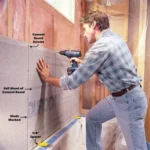
Cement board is generally the better choice for tiling compared to drywall. It is waterproof and provides a more durable surface for tiles, especially in areas with significant moisture like bathrooms and kitchens. Drywall is not designed to handle moisture well and may deteriorate over time underneath tiles. Furthermore, cement board offers a sturdier base for tiles, ensuring they firmly adhere and last longer.
Is cement board or drywall better for showers?
Cement board is better for shower areas than drywall due its superior moisture resistance. It’s structurally sturdy and waterproof, making it an excellent choice for wet areas where drywall might soften, degrade or develop mold. Moreover, cement board is an ideal substrate for tiles, often used in shower constructions. Drywall, in contrast, is highly susceptible to water damage.
Is cement board more soundproof than drywall?
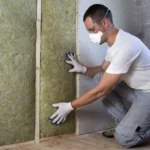
Compared to cement board, drywall usually offers better soundproofing. While neither material is inherently soundproof, drywall is often used in layers or in combination with other materials for improved sound insulation. Cement board, due to its density and hard, reflective surface, can often amplify or echo sounds in a space. However, special versions of cement board are available that offer improved sound insulation.
Can I use cement board instead of drywall in the basement?
Yes, cement board can definitely be used instead of drywall in the basement. Its resistance to moisture and mold makes it a better choice for basements that are prone to dampness or flooding. Unlike drywall, it doesn’t weaken or degrade when exposed to water. However, take note that it’s more expensive and tougher to work with than drywall.
Conclusion:
Both drywall and cement board have distinct advantages and drawbacks that make them suitable for different uses.
Drywall, easy to work with and cost-effective, is advantageous for quick installations and general wall applications, providing a smooth, decorative surface. Its fire-resistant variant, Type-X, adds an extra layer of safety.
In contrast, cement board’s moisture resistance and durability make it an ideal choice in wet areas and as a base for tiling, despite being more expensive and challenging to install.
Thus, the better choice between the two depends on the specific requirements of your construction or renovation project.

